Su30 MKI, The Backbone Of The Indian Air Force ( IAF ) ” The Massively Powerful, Manoeuvrable And Long-Range Su-27 Family Of Aircraft, Helped To Change Western Perceptions Of Soviet Aircraft. Since The End Of The Cold War, Exports Of Su-27s Have Helped To keep Both Sukhoi And The Russian Aerospace Industry Alive “
Su30 MKI is a Twinjet multirole air superiority fighter ( NATO reporting name: Flanker ) that was created by the Russian company Sukhoi and manufactured for the Indian Air Force ( IAF ) by Hindustan Aeronautics Limited ( HAL ) in India under license. It is a heavy, all-weather, long-range fighter that is a variation of the Sukhoi Su-27 family.
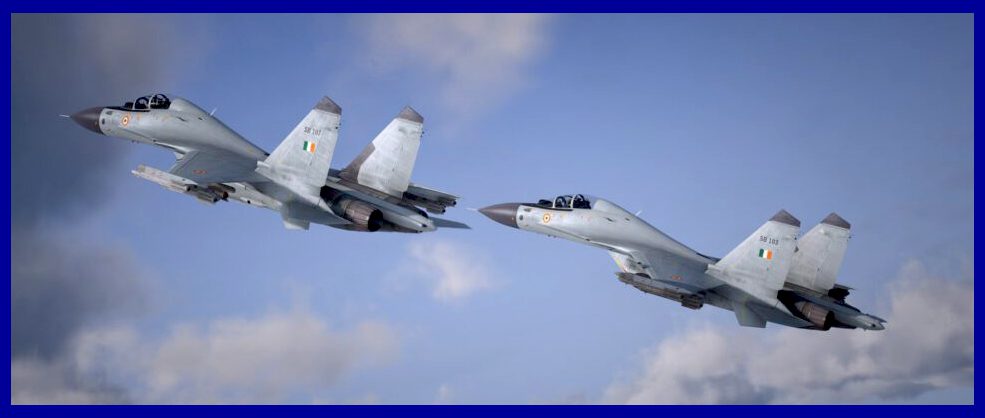
About Su-27 History:
The Su-27 ‘Flanker’ air superiority fighter first flew as the T-10-1 on 20 May 1977, but the production of Su-27 was considerably modified with a new swept wing with prominent LERXes and changes to the tail unit and its AL-31F turbofans, which are positioned in the lower rear fuselage and fed by two large ventral air intakes.
The Su-27 is fitted with a prominent retractable speed break in the upper centre fuselage. The definitive Su-27 first flew on 20 April 1981. Other variants included the export Su-27SK and Su-27SMK. The Su-27UB ( and export Su-27UBK ) is a combat-capable tandem two-seat trainer with a raised rear cockpit, a common rear-hinged canopy and enlarged fins. This was also developed into the Su-30 ( Su-30K for export ) two-seat interceptor and Su-30M ( Su-30MK for export ) multi-role fighter.
The Su-27K ( Su-33 ):
Sukhoi has been involved in the development of various fighter aircraft models. Among them, the carrier-borne fighter version with folding wings and tailplanes stands out, and it has been modified with leading edge extensions that have additional canard control surfaces. Along with this, the Su-27KUB (Su-33UB) prototype has been flown, which is a naval trainer that features a side-by-side two-seat cockpit.
The company has also worked on the advanced Su-35 multi-role fighter and the high-agility Su-37. The Su-37 is equipped with thrust-vectoring engine nozzles and canards, and this advanced technology has been incorporated into the Su-30MKI fighter jets developed for India.

The Indian Sukhoi Su-30MKI:
( NATO name: Flanker-H ) It is a twin-jet multirole air superiority fighter designed by Sukhoi and built under licence by Hindustan Aeronautica Limited ( HAL ).
It is a heavy, all-weather, long-range 4th generation fighter. The variant’s development got underway after India & Russia agreed to produce 140 Su-30 fighter planes in the year 2000. The Indian Air Force received the first Su-30 MKI variant built in Russia in 2002, and the First Su-30MKI made in India was approved and put into service with the IAF in 2004. As of March 2020, the IAF had roughly 270 Su-30MKI in its possession.
The aircraft is specifically designed for Indian requirements and incorporates Israeli & French sub-systems together with Indian equipment and avionics. Its capabilities are comparable to those of the Sukhoi Su-35, with which it shares many features and components.
Being more sophisticated than the baseline Su-30. The performance envelope of the type satisfied the Russian Defense Ministry, which also ordered 30 Su-30SMs, a localized Su-30MKI, for the Russian Air Force. It features state-of-the-art avionics developed by Russia, India and Israel for display, navigation, targeting and electronic warfare; France and South Africa provided other avionics to the MKI variant.
More than 80% of the aircraft are being produced by HAL. The Indian government announced on October 11th, 2012, that it would purchase 42 more Su-30MKI aircraft. During President Putin’s visit to India on December 24, 2012, India placed an order for 42 Su-30s construction kits. This brings India’s overall order for Su-30 to 272 units.
India chose to acquire 21 MiG-29s and an additional 12 Su-30MKI planes in June 2020. To keep the authorized strength of 272 Su-30MKIs, this order is intended to make up for losses caused by crashes. With the purpose of bolstering the IAF’s dwindling strength, the MiG-29 order was placed to construct a fourth MiG-29 squadron. The MiGs were purchased even though they were an older platform because they could be delivered in two to three years, they were constructed for an earlier contract that was cancelled, and they were very inexpensive compared to more modern aircraft. However, that last purchase never got finalised due to the ongoing war between Ukraine & Russia as of 2023.
About Its Upgareds:
A number of enhancements for the Su-30s were suggested to the Indian Parliament by the Indian Defense Ministry, including the installation of Russian Phazotron Zhuk-AE AESA radars beginning in 2012. Significant capabilities of the Zhuk-AE AESA radar were demonstrated during MMRCA trials, including ground-mapping modes and the capacity to find and follow aerial targets. Alexy Fedorov, the head of Irkut, presented the Indian fleet with an upgrade package that included upgraded radar and a decreased radar signature at the 2011 MAKS air show, turning them into “Super Sukhois.”
In 2012, upgrades of the earlier 80 Su-30s involved equipping them with stand-off missiles with a range of 300 km, and a request for information (ROI) was issued for such weapons. In 2011, India issued a request for information to MBDA for the integration of the Brimstone ground attack missile and the long-range Meteor air-to-air missile.
In February 2017, it was reported that the planes would be upgraded with AL-41F turbofan engines, the same as the ones on Sukhoi Su-35.
In order to improve the Su-30s BVR engagement capability, India plans to equip its whole fleet with the 110 km-range Israeli Derby and domestic Astra BVR missiles. This is because the R-77 active-radar homing BVR missile has been found to operate poorly. The Indian Air Force conducted numerous user trials of the Astra in September 2019 to confirm its lethality for the Su-30.
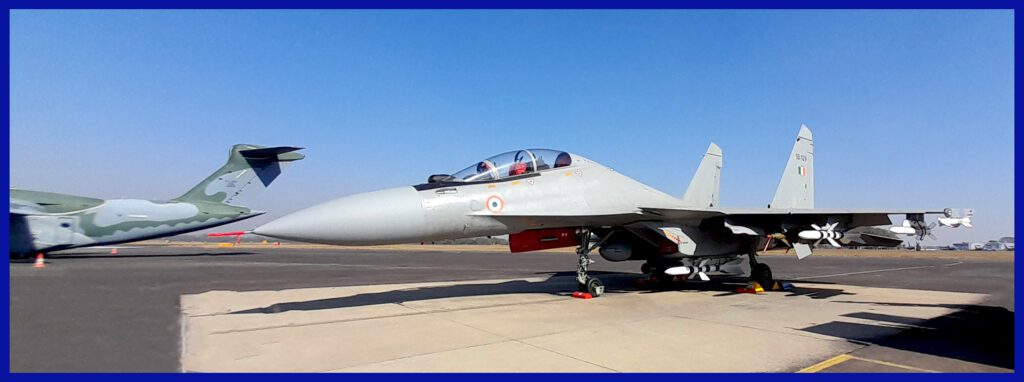
Su-30 MKI ” Flanker-H ” Specifications:
The Crew of 2 with ( g limits: 8-9 at basic design gross weight )
Dimensions:_
- Length: 21.935 m ( 72 ft 0 in )
- Wingspan: 14.7 m ( 48 ft 3 in )
- Height: 6.36 m ( 20 ft 10 in )
- Wing area: 62 m2 ( 670 sq ft )
- Empty weight: 18,400 kg ( 40,565 lb )
- Gross weight: 26,090 kg ( 57,519 lb ) ( Normal Weight for missions )
- Max takeoff weight: 38,800 kg ( 85,539 lb )
- Powerplant:_ 2 x Saturn AL-37FP thrust vectoring engines. Each rated at 83.4kN ( 18,749 lb st ), Thrust With Afterburner 142. 2kN ( 31,922.86 lb st )
- Maximum Level Speed:_ 2.02 Mach ( 2500 km/h ) Maximum Rate Of Climb:_ 18,000m/min
- Maximum Altitude:_ 17,700m ( 58,071 ft )
- Combat Range:_ Maximum 3,000km, Range With Single Inflight Refuelling:_ 5,200km
- Fuel:_ Internal Fuel: Normal 11,620 lb ( 5270kg ) Maximum ( with drop tanks ) 20,723 lb ( 9400kg )
- Maximum Weapon Load:_ 17,636 lb ( 8000 kg ) With 12 hardpoints
- It can carry a wide variety of Air-to-air (AAM ) Vympel-built R-27R, R-73, R-77, & Indian Origin ASTRA mk1, Air-to-Surface (ASM ), Anti Ship Missile and Rocket Pods, Laser Guided Bombs etc. And recently it also successfully tested firing the latest BrahMos NG and ASTRA missile
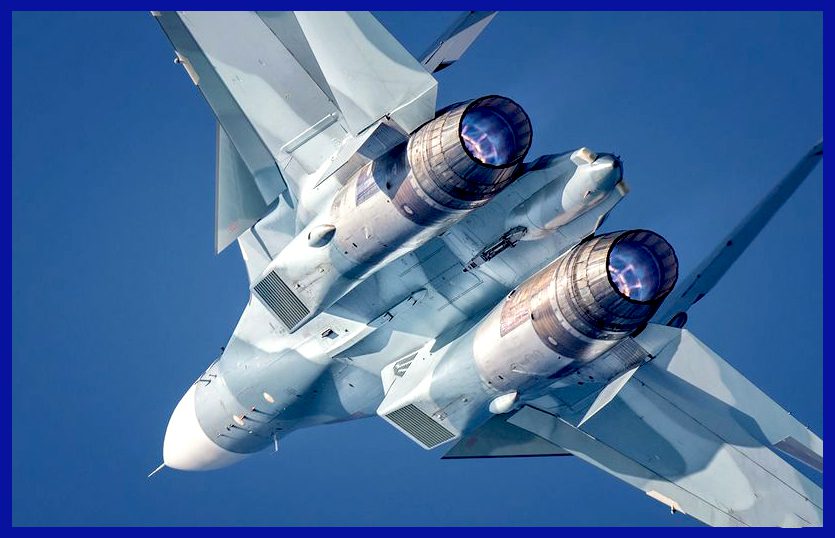
In conclusion, the Indian Su-30MKI aircraft is a remarkable feat of engineering, combining cutting-edge technology, formidable firepower, and unparalleled agility. It serves as a powerful symbol of India’s military prowess and determination to defend its sovereignty. The aircraft has proven its worth in combat, facing off against some of the world’s most advanced fighter jets and emerging victorious. With its unparalleled capabilities and steadfast reliability, the Su-30MKI is a force to be reckoned with, instilling a sense of confidence and security in the hearts of Indian citizens and military personnel alike.
It is truly a masterpiece of modern military aviation, a testament to the ingenuity and skill of the designers and engineers who brought it to life. The Indian Su-30MKI aircraft stands as a shining example of excellence in defence technology, representing India’s unwavering commitment to protecting its people and defending its interests.
However, You can purchase a book about Su-30MKI aircraft on Amazon using this link. ( https://amzn.to/41LULHP )
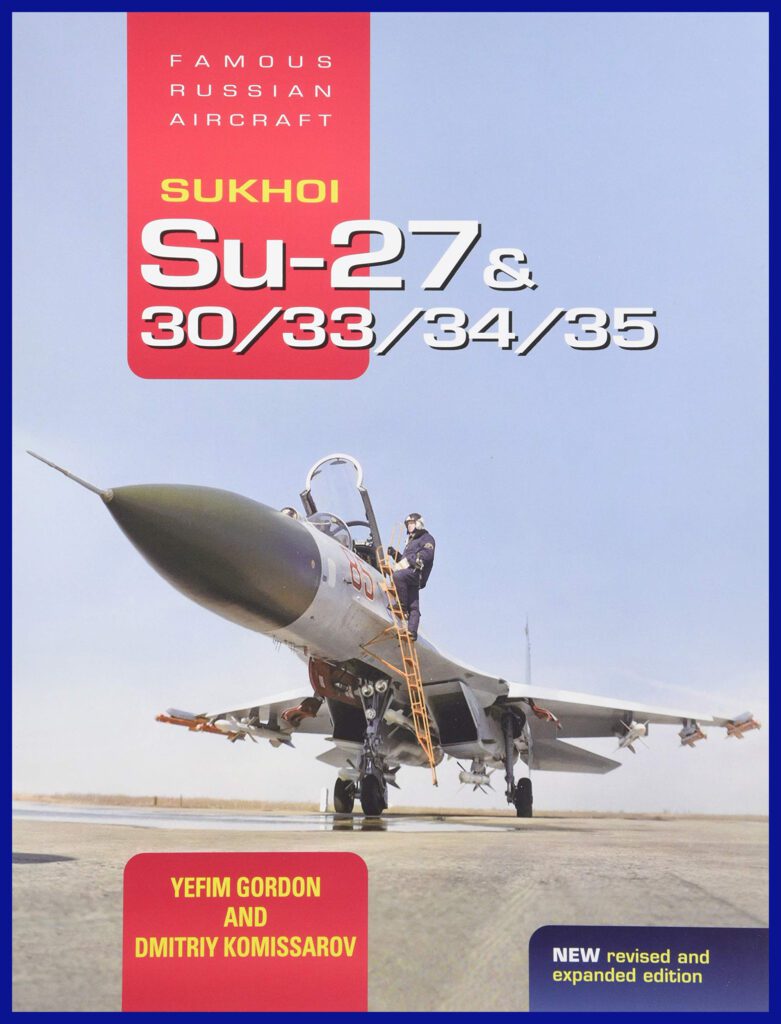
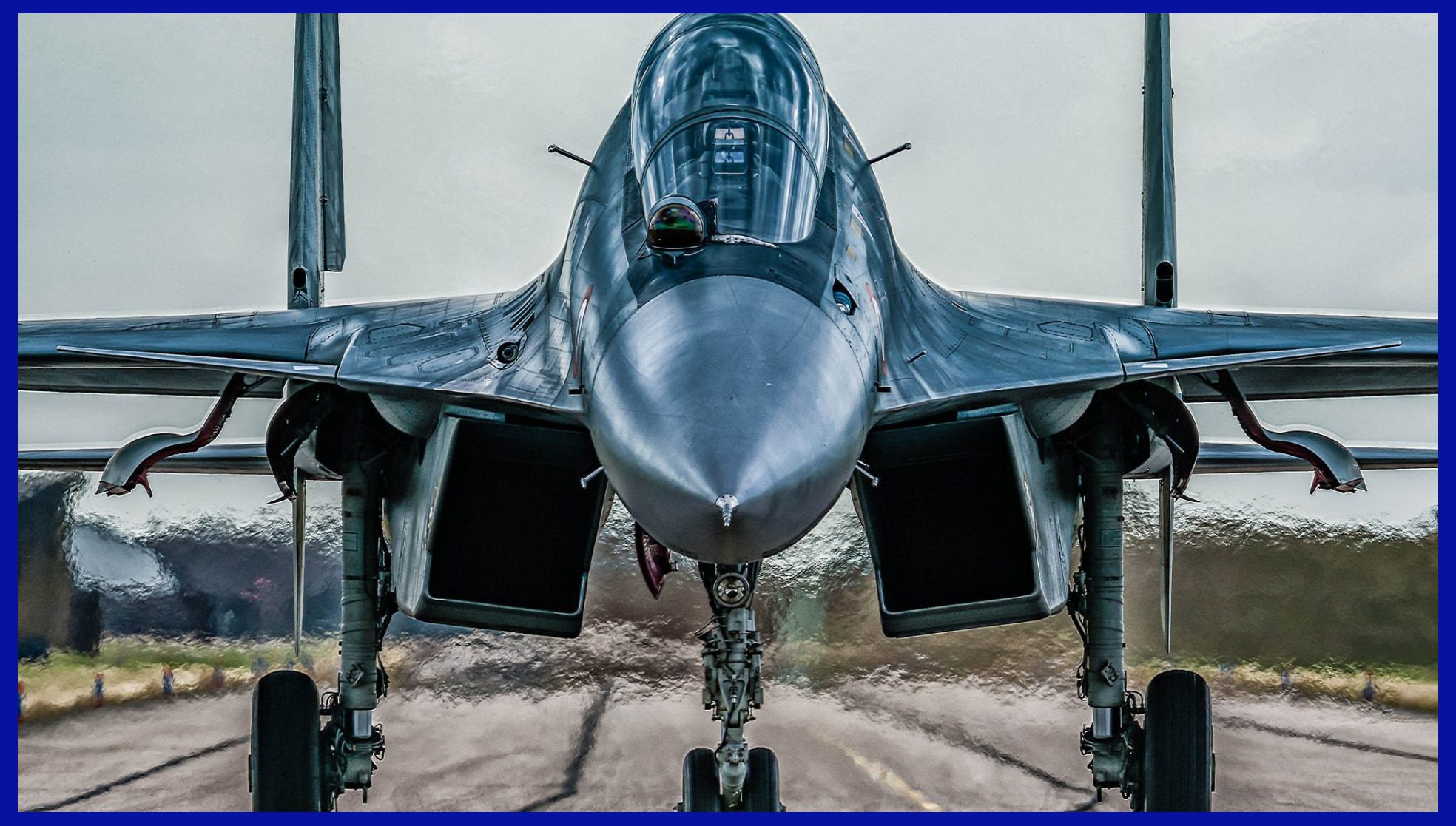
4 thoughts on “Su30 MKI”